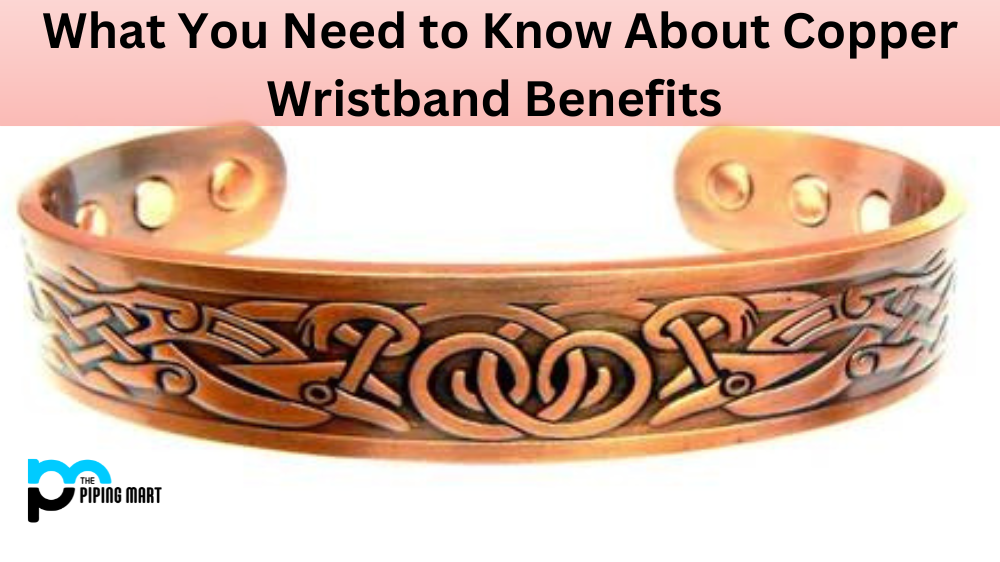Aluminium is a versatile and strong metal that has become widely popular in manufacturing, construction, and other uses. It possesses excellent conductivity, corrosion resistance, and formability. The two most commonly used grades of aluminium are 1050 and 6082, but what sets them apart? If you need clarification and are looking for a guide to understanding the differences between aluminium grades, this article will provide useful insights.
Where is Aluminium 1050?
Also known as EC grade, this classification of aluminium is commercially pure and consists of 99.5% pure aluminium. It’s often used for general fabrication as it has excellent workability and is easily formed by cold working. Moreover, it’s weldable, malleable, and corrosion-resistant. It’s used for sheet metalwork, spinning, hollowware, and general fabrication. Its downside? It’s stronger than other grades, hence unsuitable for structural applications.
Where is Aluminium 6082?
Often referred to as structural aluminium, 6082 is a medium-strength alloy containing silicon and magnesium. Its strength makes it useful in applications that require load-bearing metals, such as structural components, automotive parts, aerospace applications, and sports equipment. Its excellent fabrication properties make it a popular choice for machining and welding.
Difference Between Aluminium 1050 and 6082
Workability and Formability
Aluminium 1050 has a high degree of formability, making it easy to shape and bend. It also has an excellent surface finish, making it ideal for decorative purposes. On the other hand, aluminium 6082 can be formed through bending, punching, drilling, and milling. Due to its higher strength, it may require more powerful equipment for forming and shaping.
Corrosion Resistance
Both aluminium 1050 and 6082 are corrosion-resistant. Aluminium 1050 has excellent corrosion resistance in acidic and alkaline environments, making it suitable for marine applications. However, it’s not suitable for use in high-temperature environments. Aluminum 6082, on the other hand, is highly corrosion-resistant and can withstand harsh outdoor environments, making it ideal for construction applications.
Cost
The cost of aluminium grades depends on the product’s quantity, type, and size. Typically, aluminium 1050 is less expensive than 6082 due to its purity and lower strength. However, deciding which grade to use depends on the specific application and intended use.
Conclusion
Knowing the distinction between aluminium 1050 and 6082 is beneficial when choosing aluminium grades for your project. While 1050 is suitable for general fabrication, 6082 is a stronger alloy for load-bearing applications. Formability, corrosion resistance, and cost are other critical considerations. Sourcing high-quality aluminium products from reputable suppliers is essential to ensure the desired performance in your project. With this information, you’ll be better equipped to select your project, resulting in superior quality and cost-effectiveness.

A passionate metal industry expert and blogger. With over 5 years of experience in the field, Palak brings a wealth of knowledge and insight to her writing. Whether discussing the latest trends in the metal industry or sharing tips, she is dedicated to helping others succeed in the metal industry.




